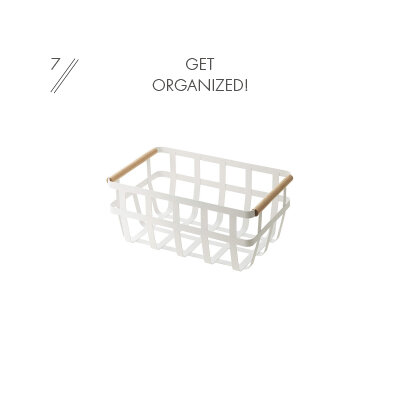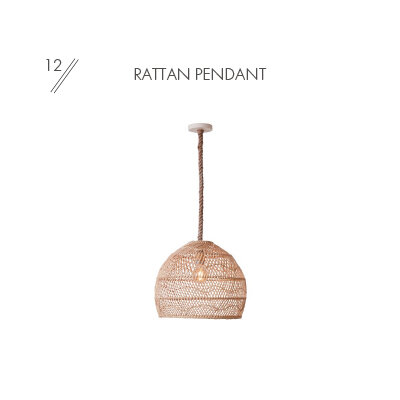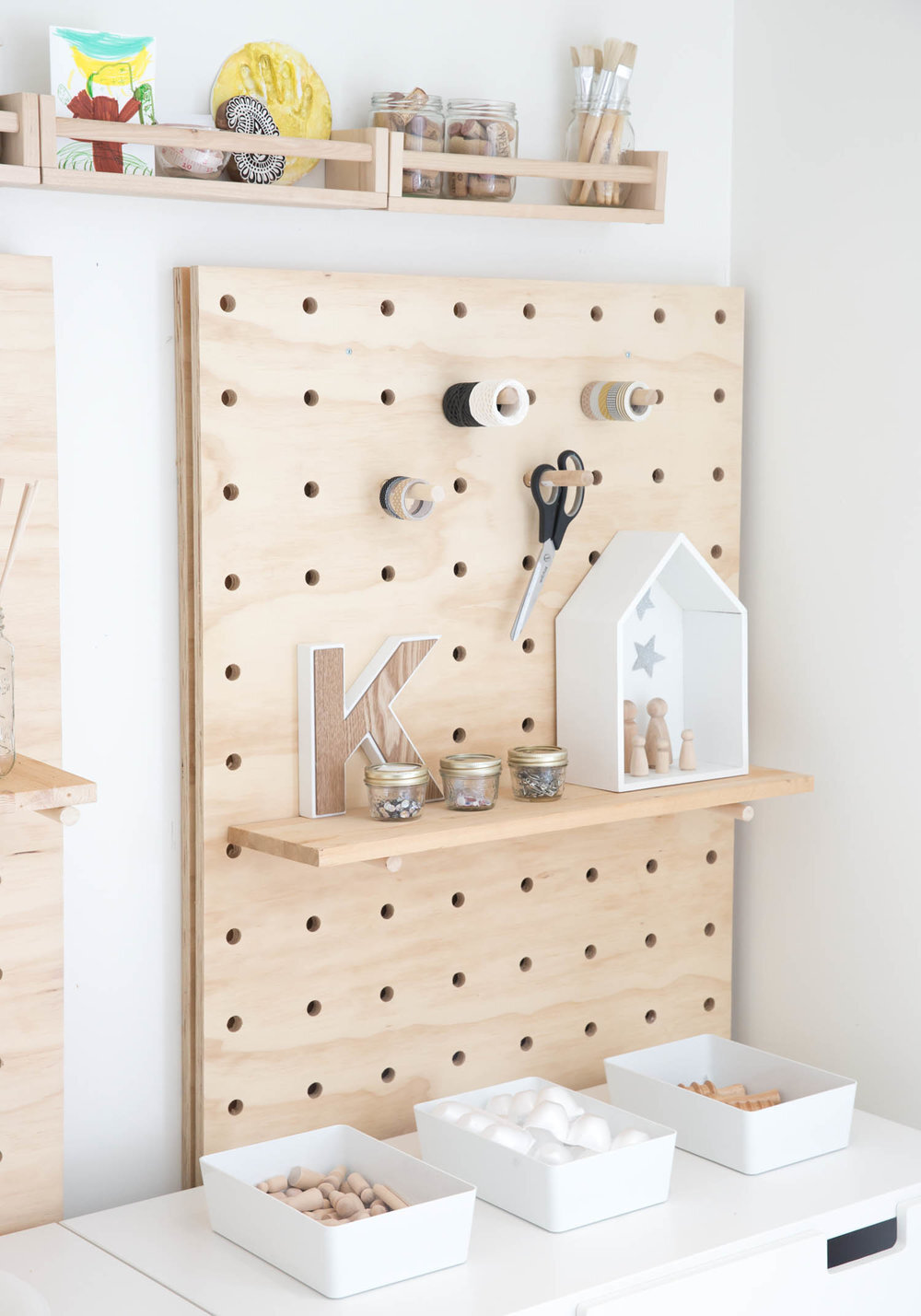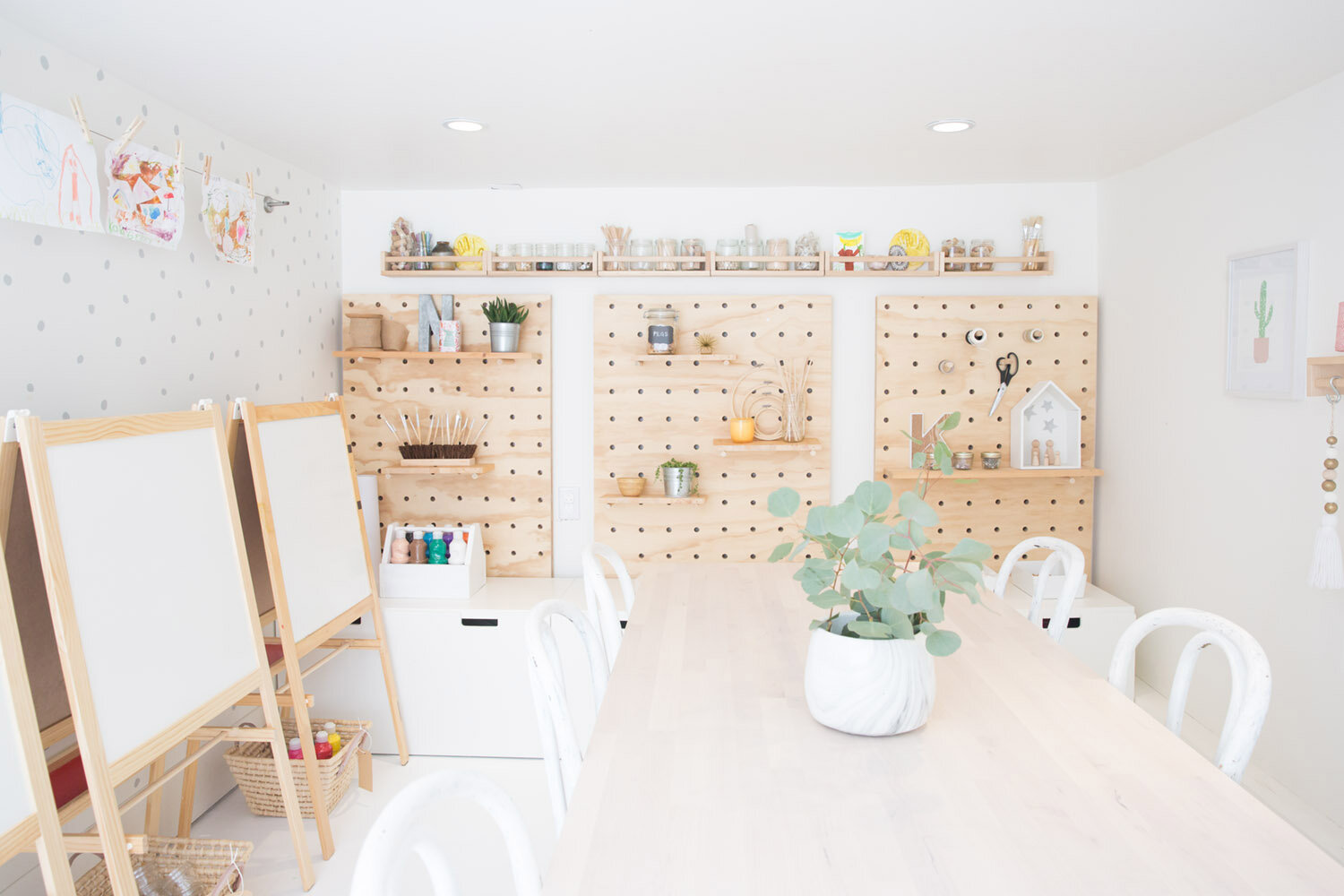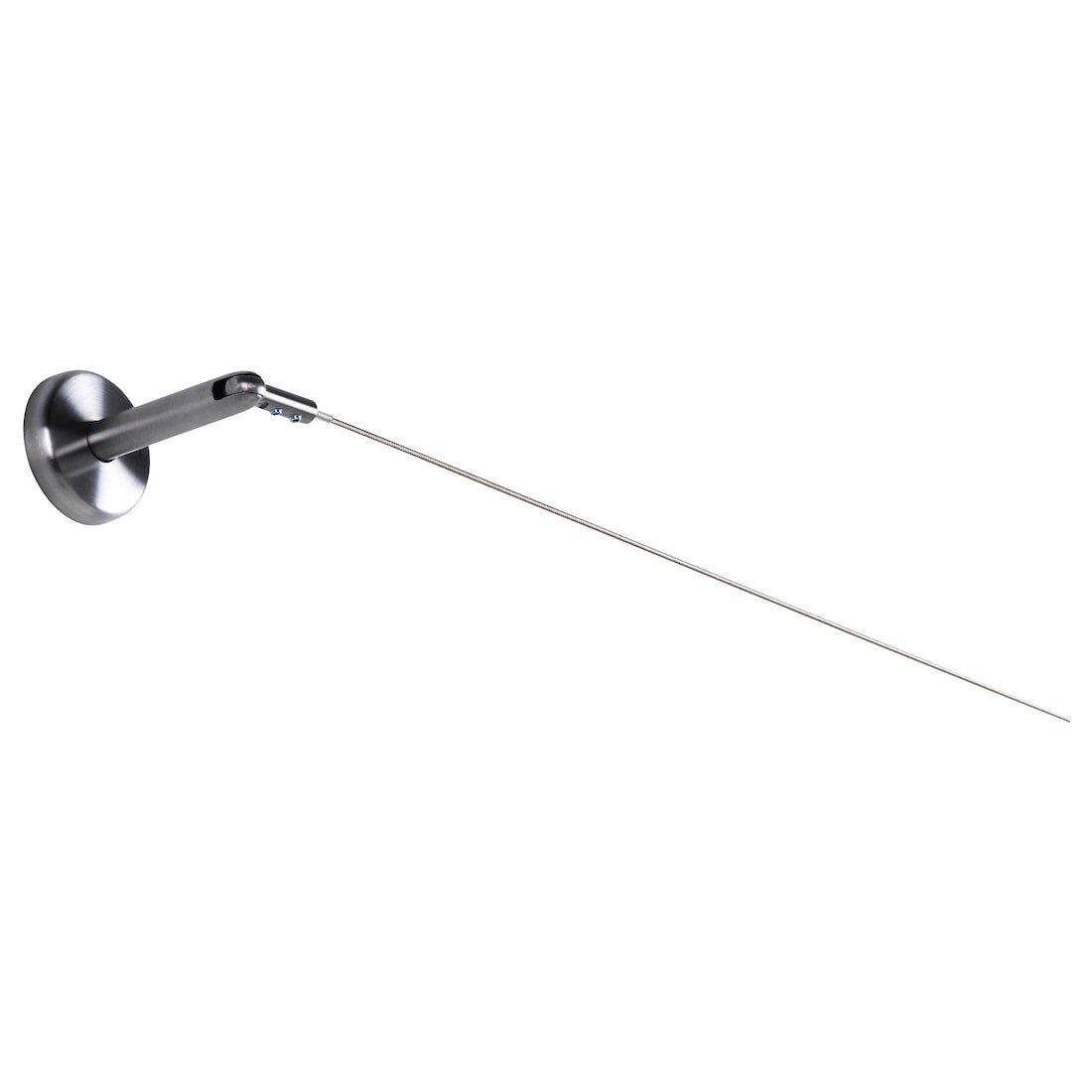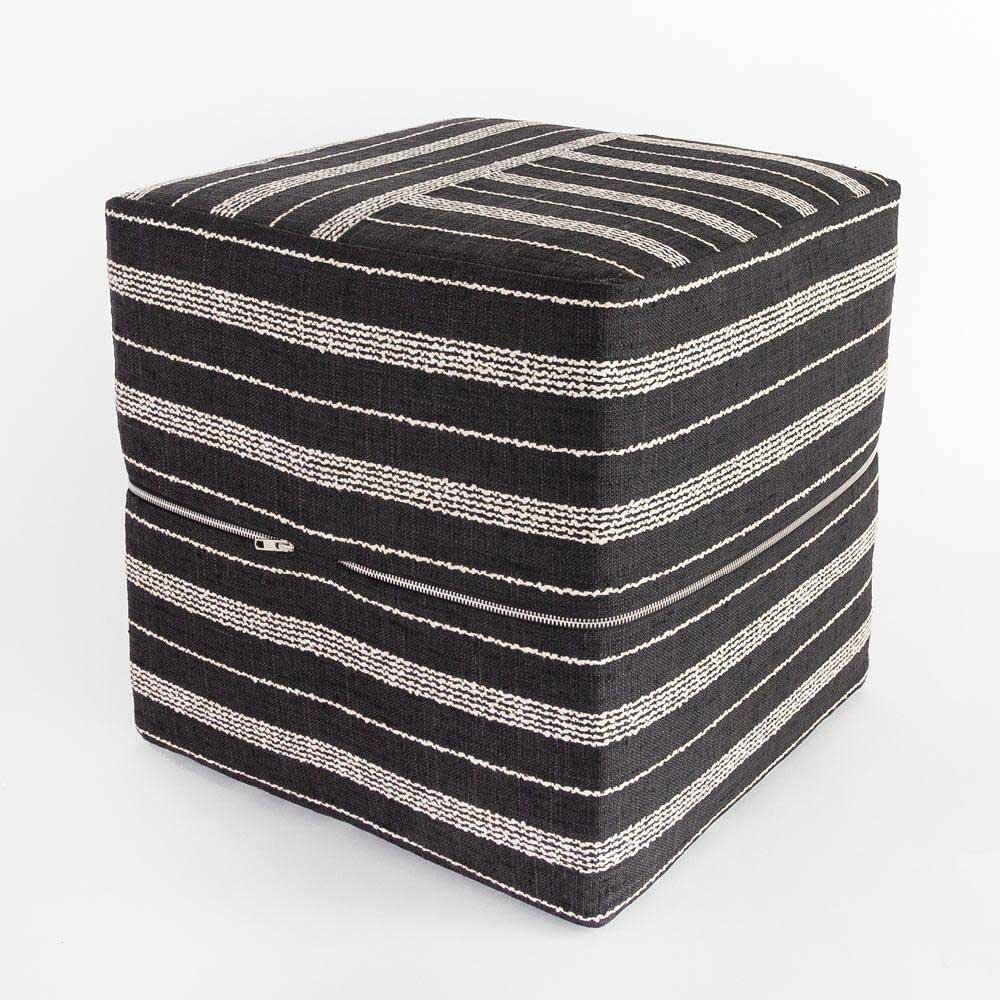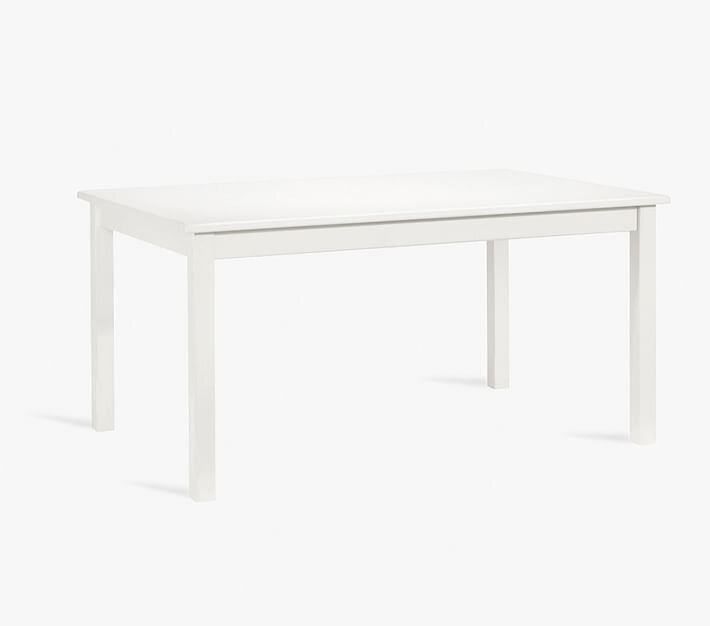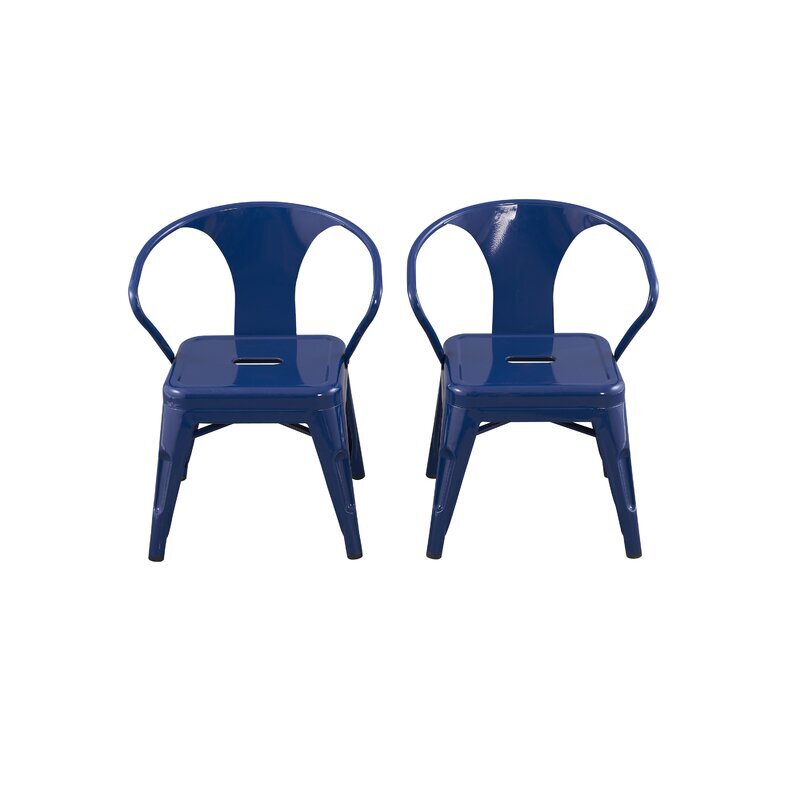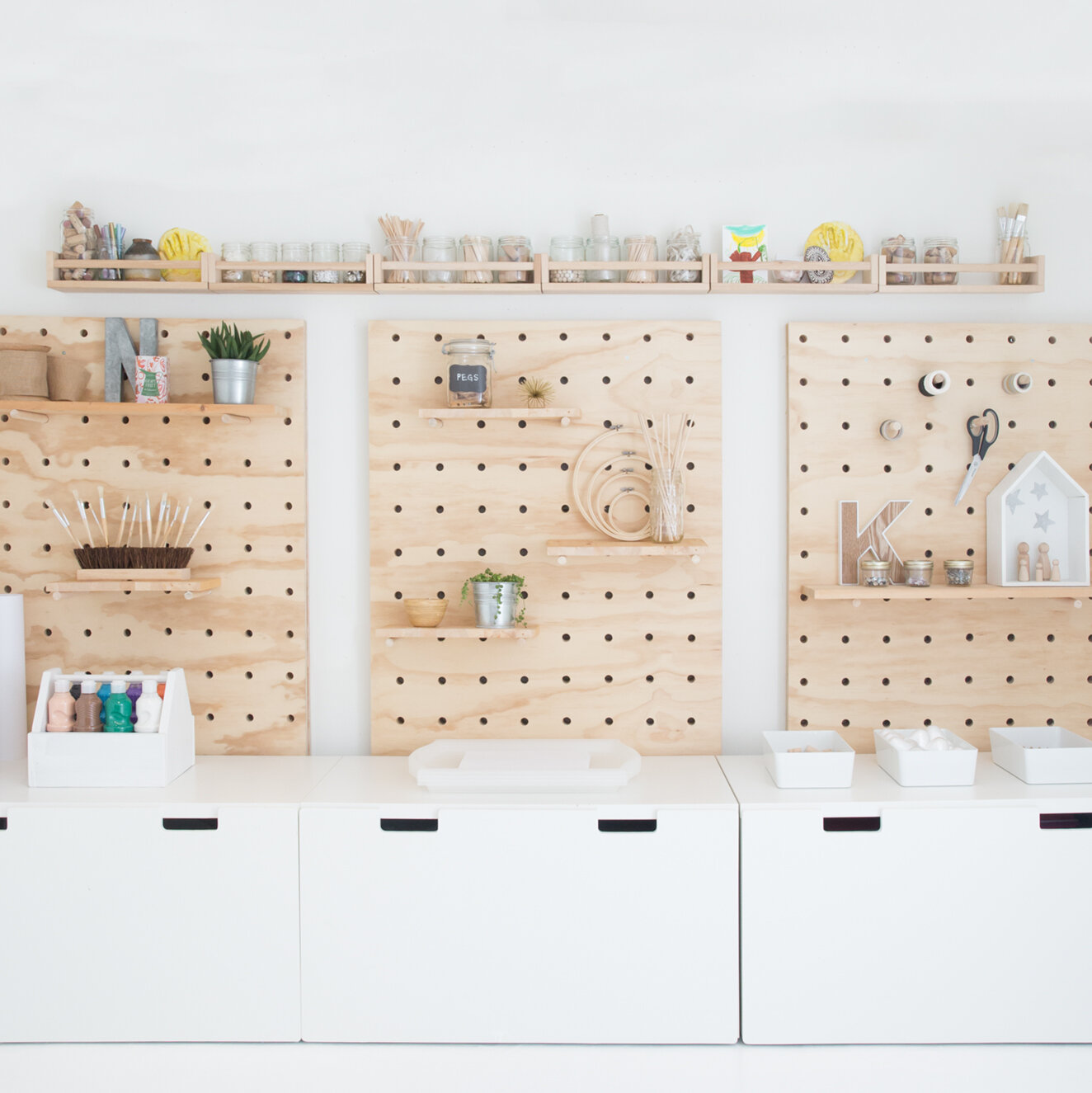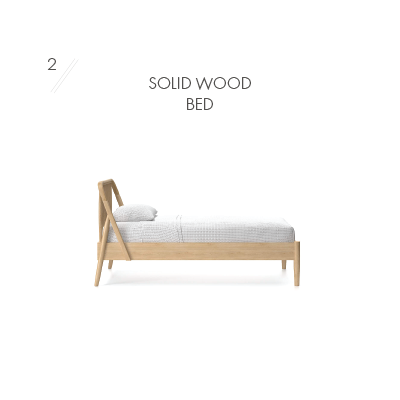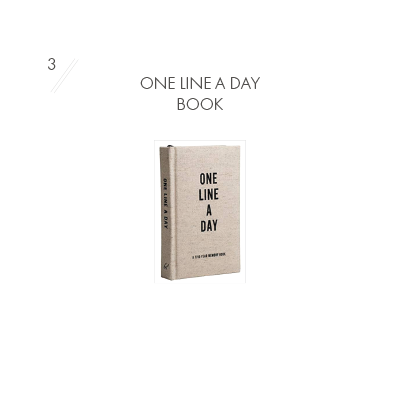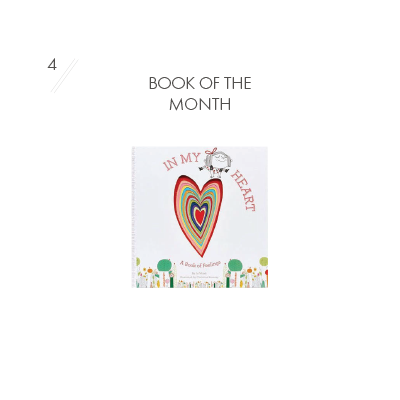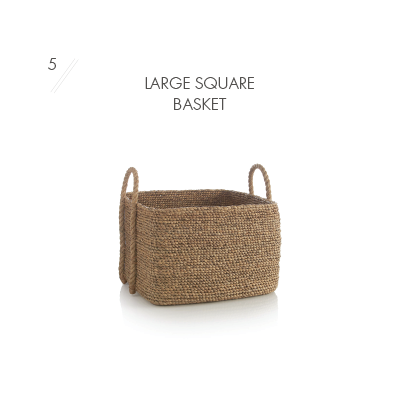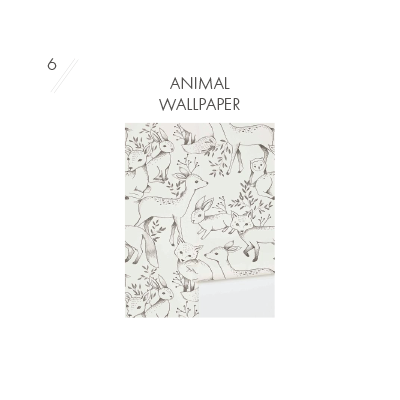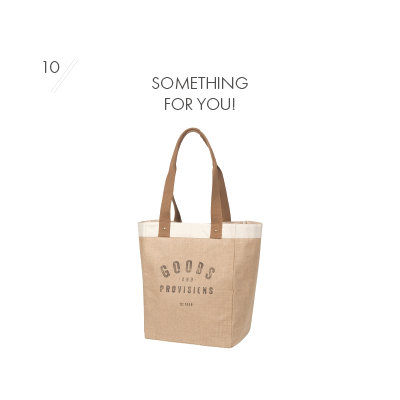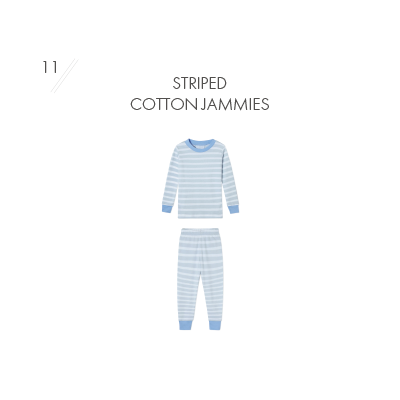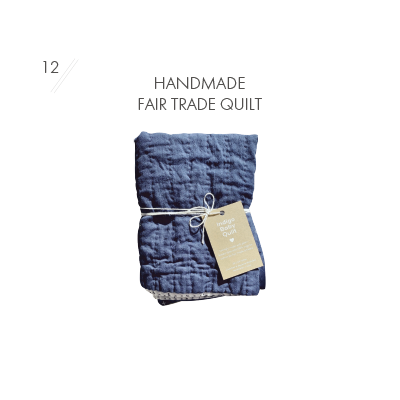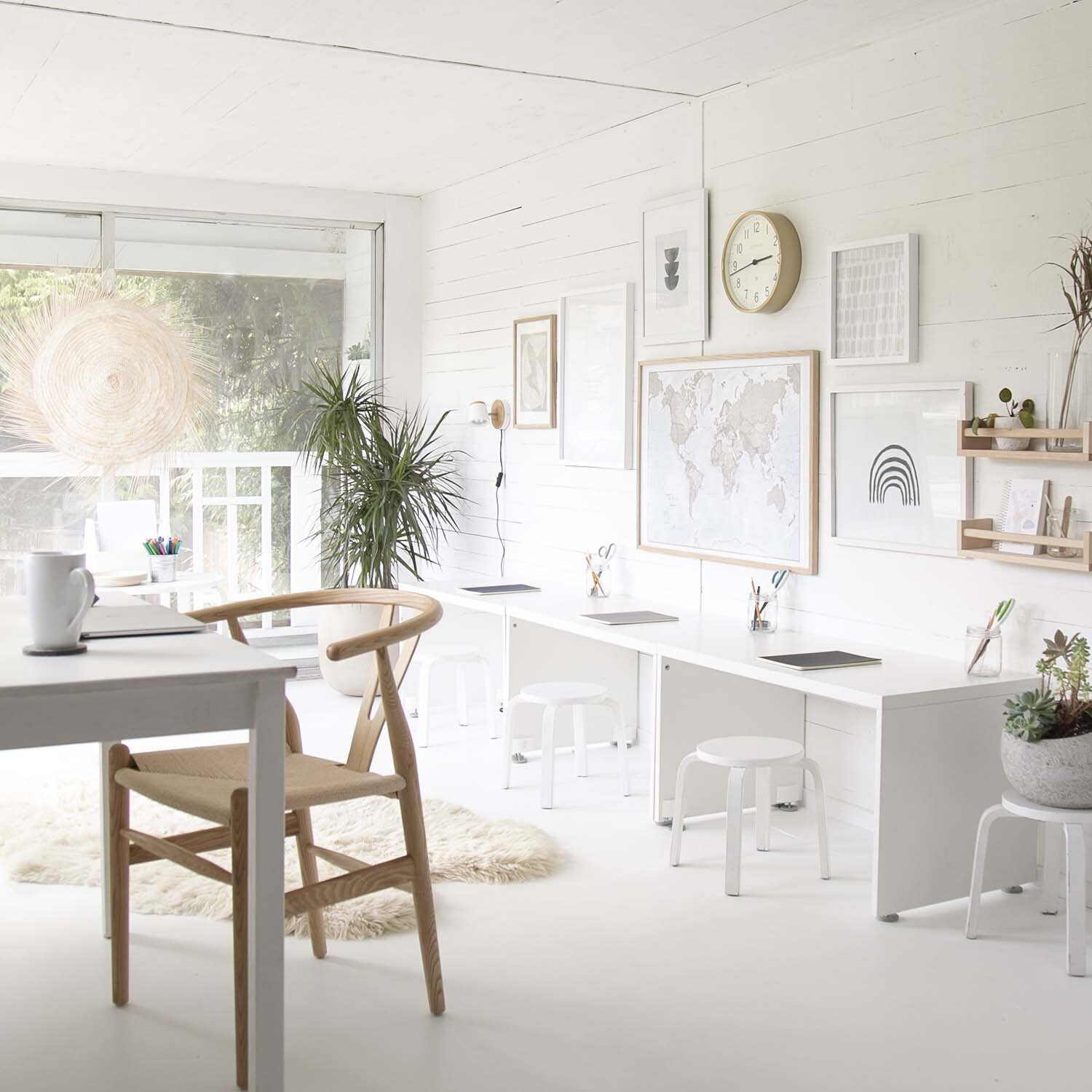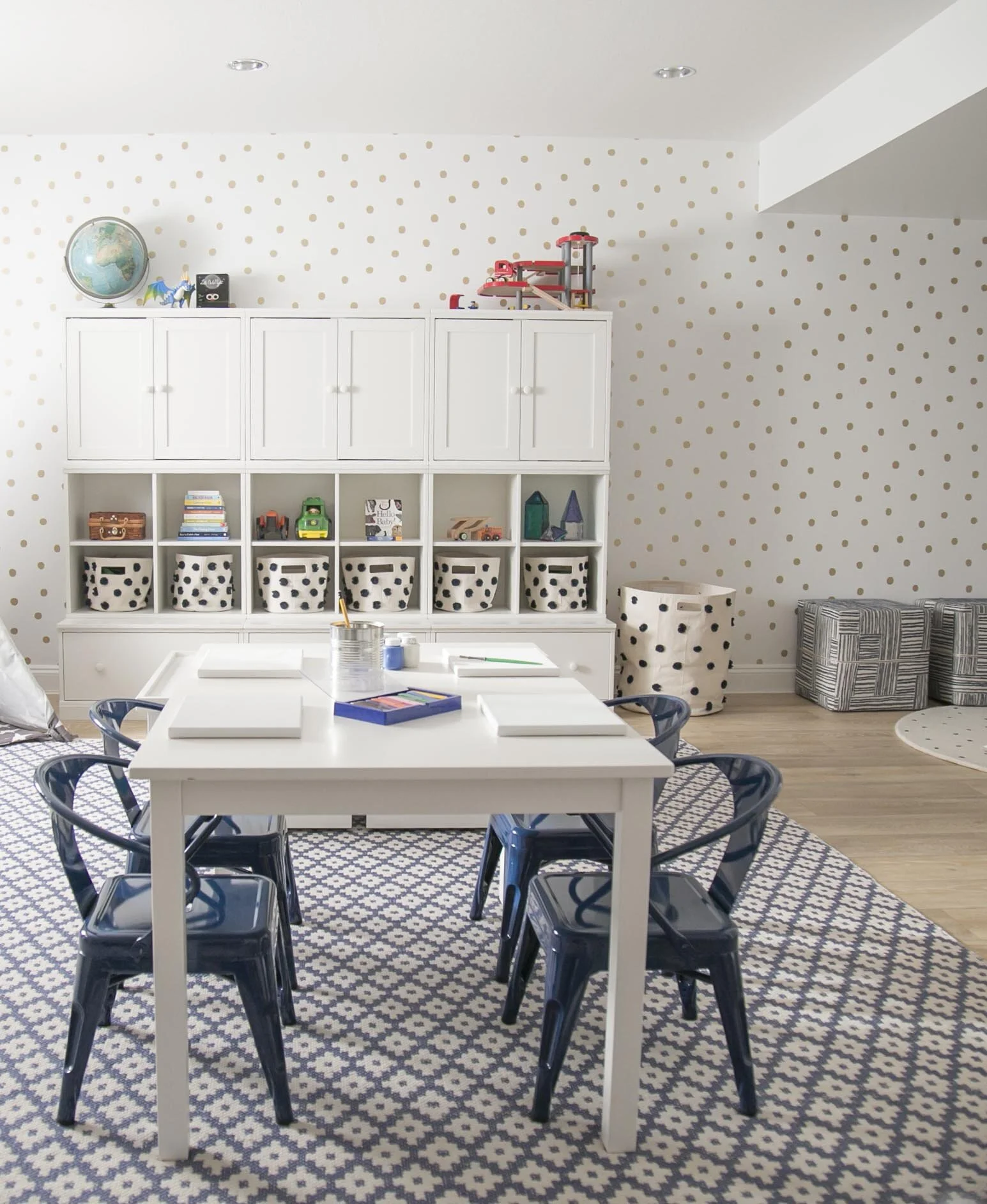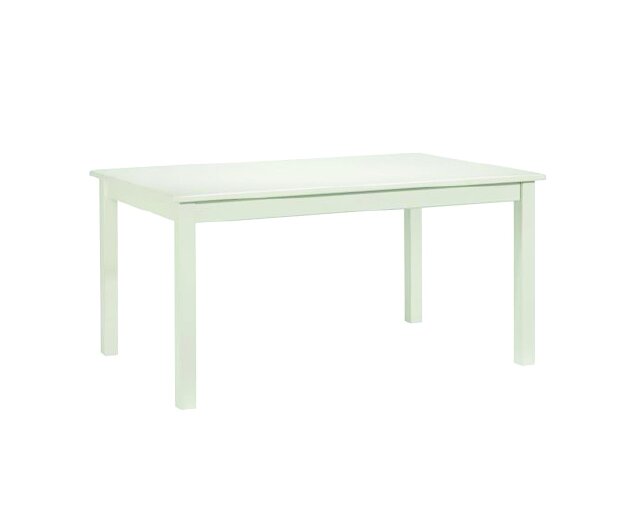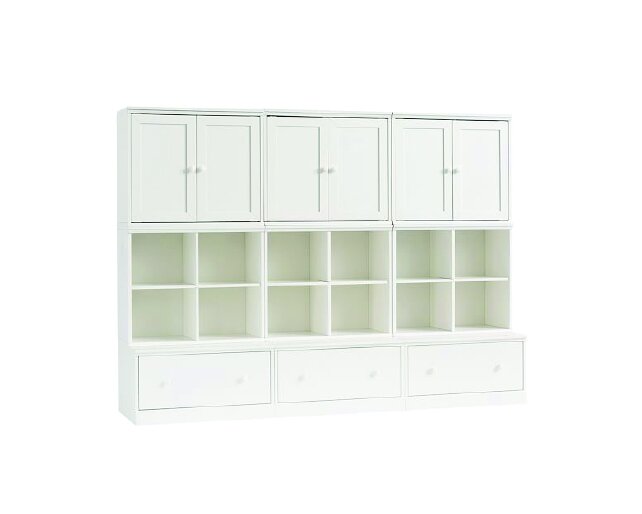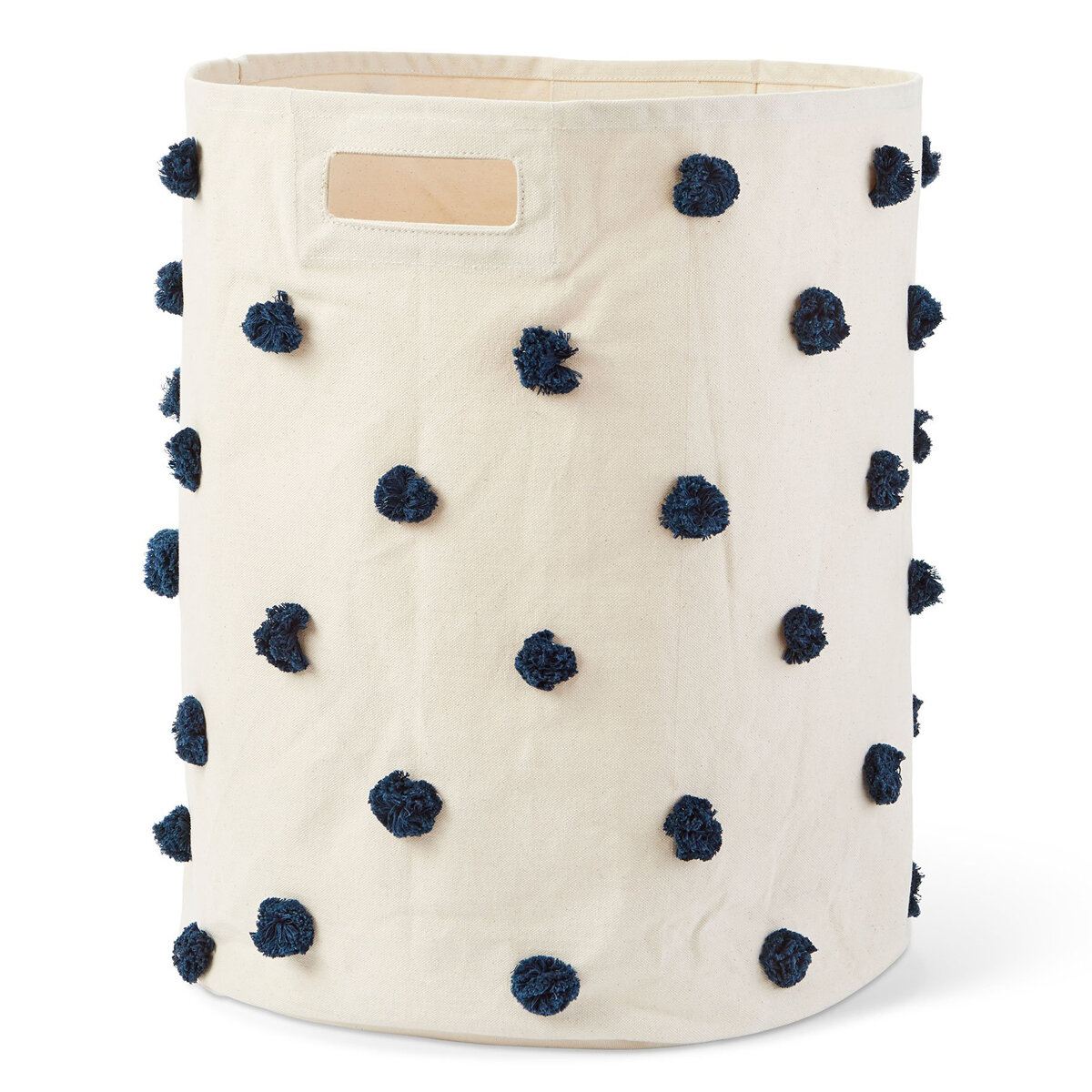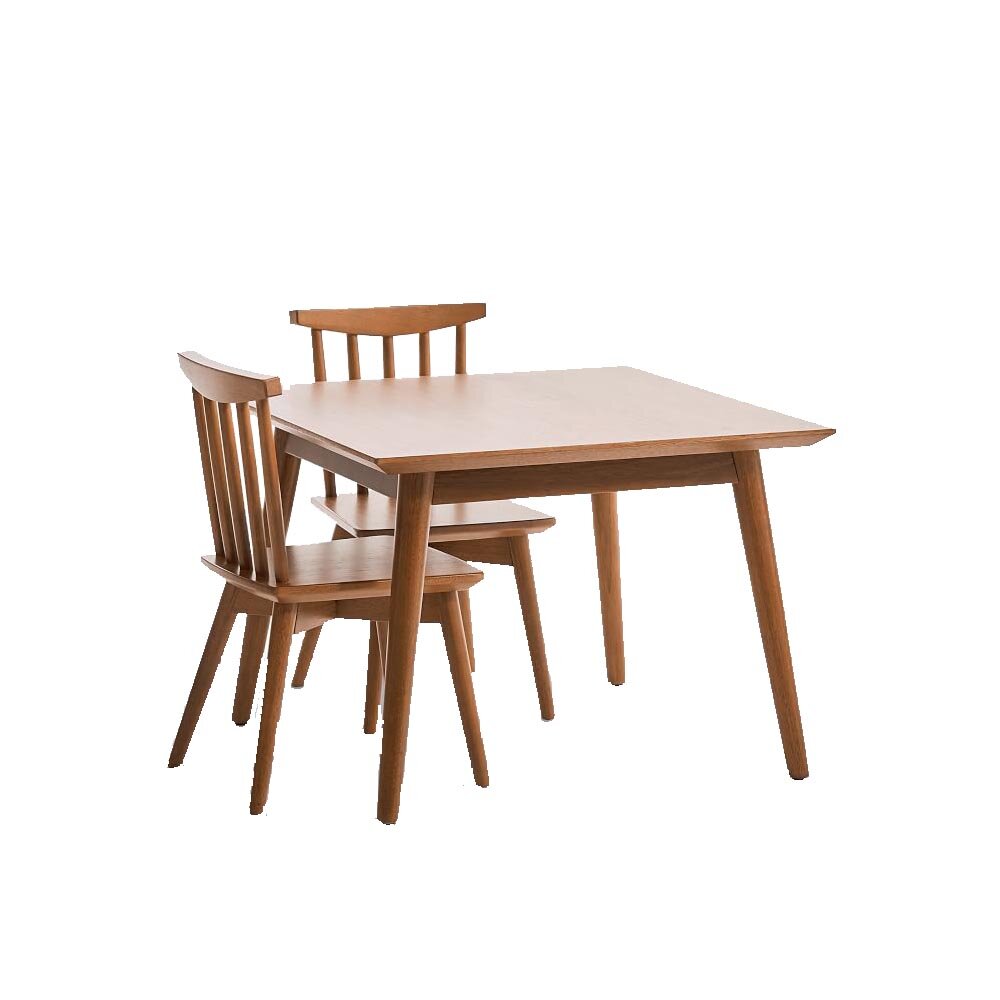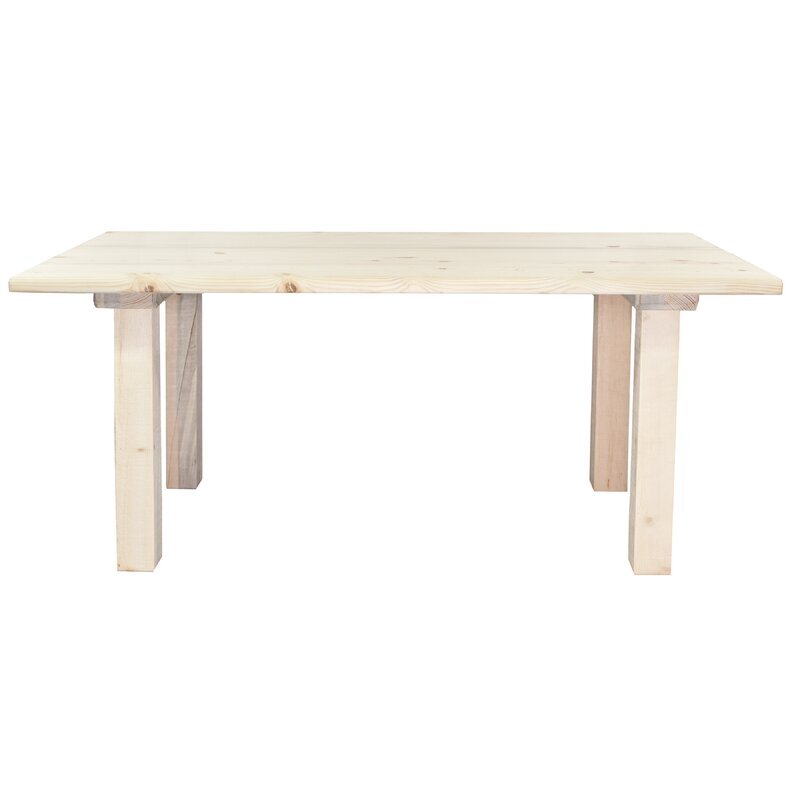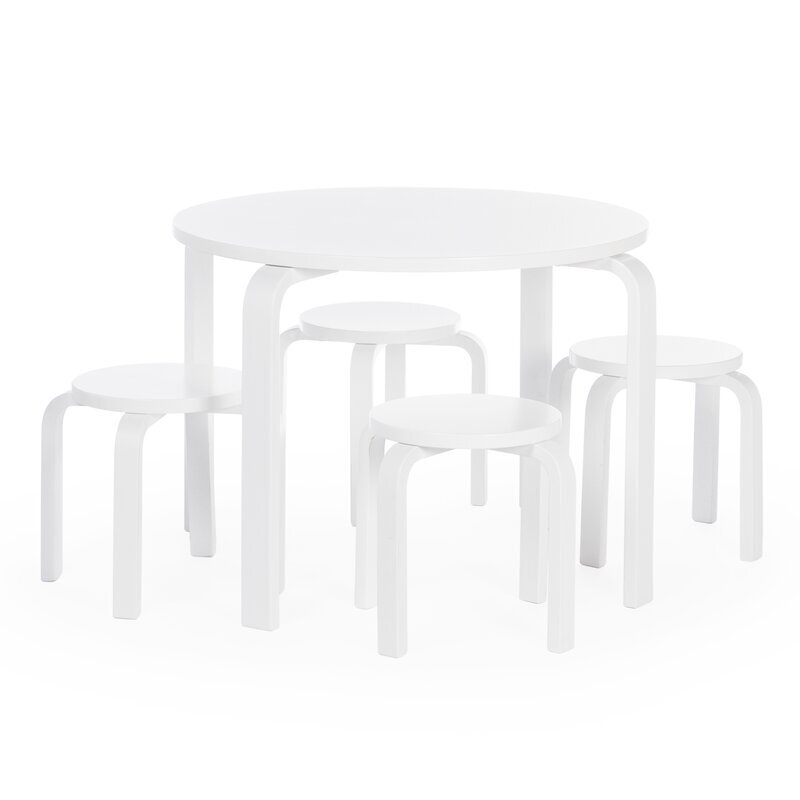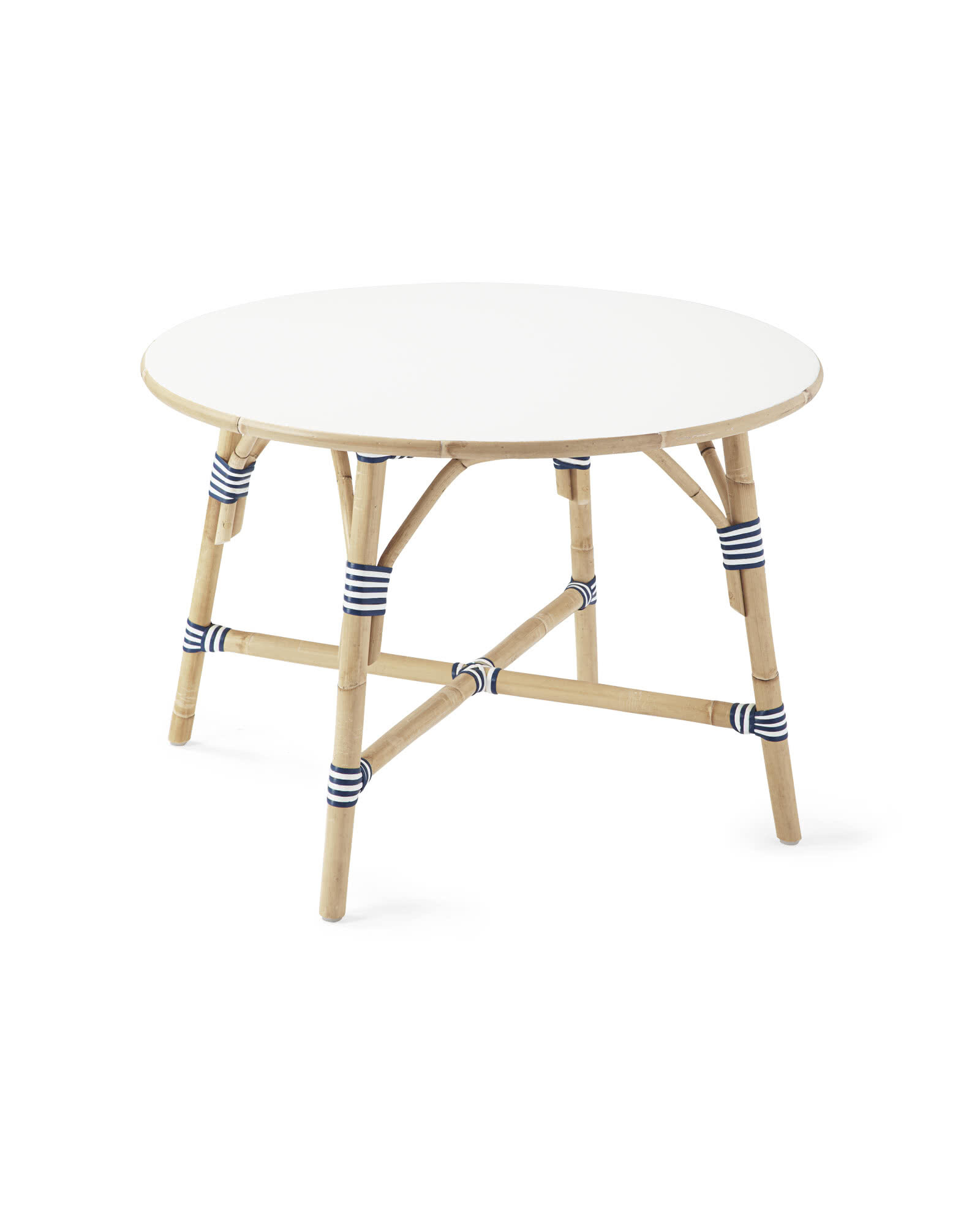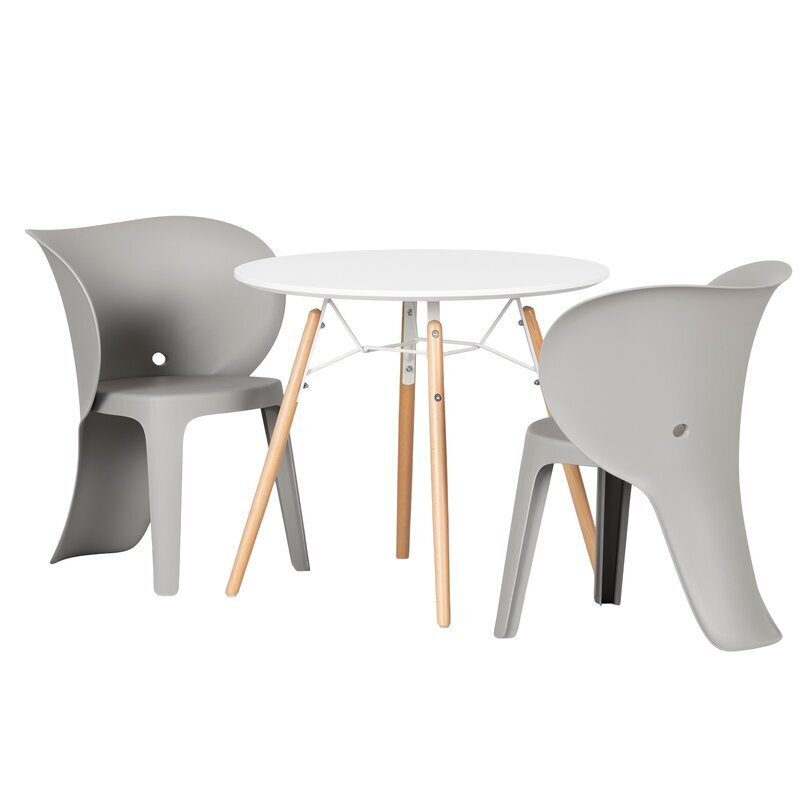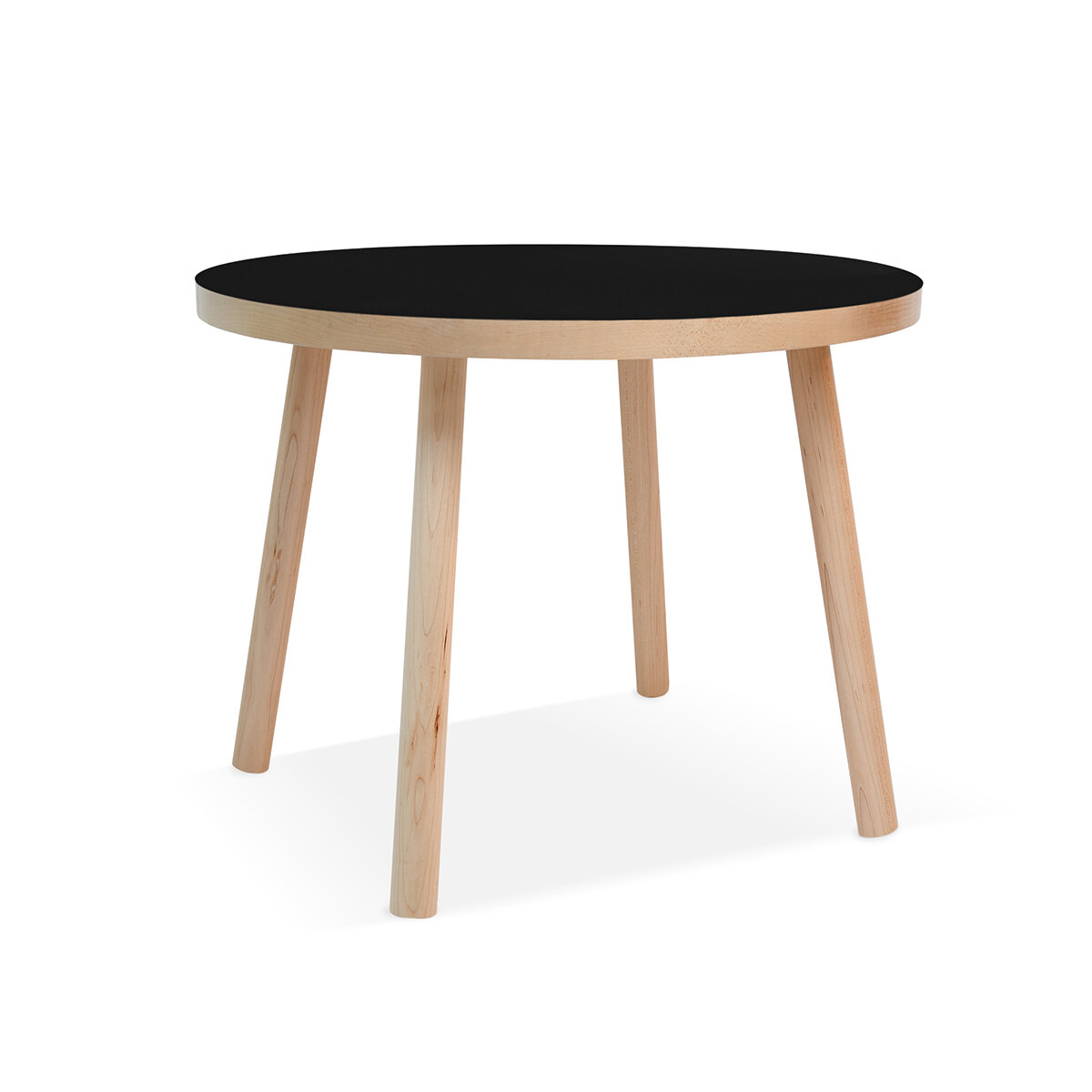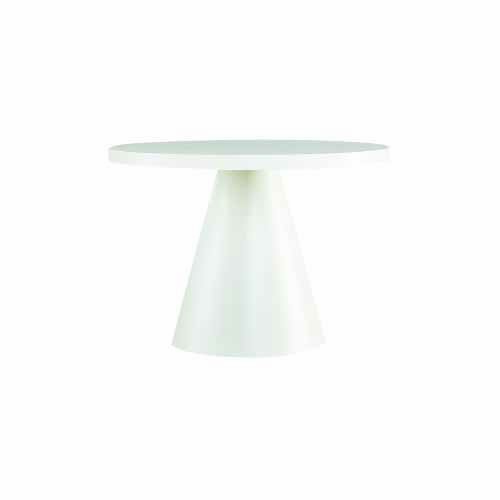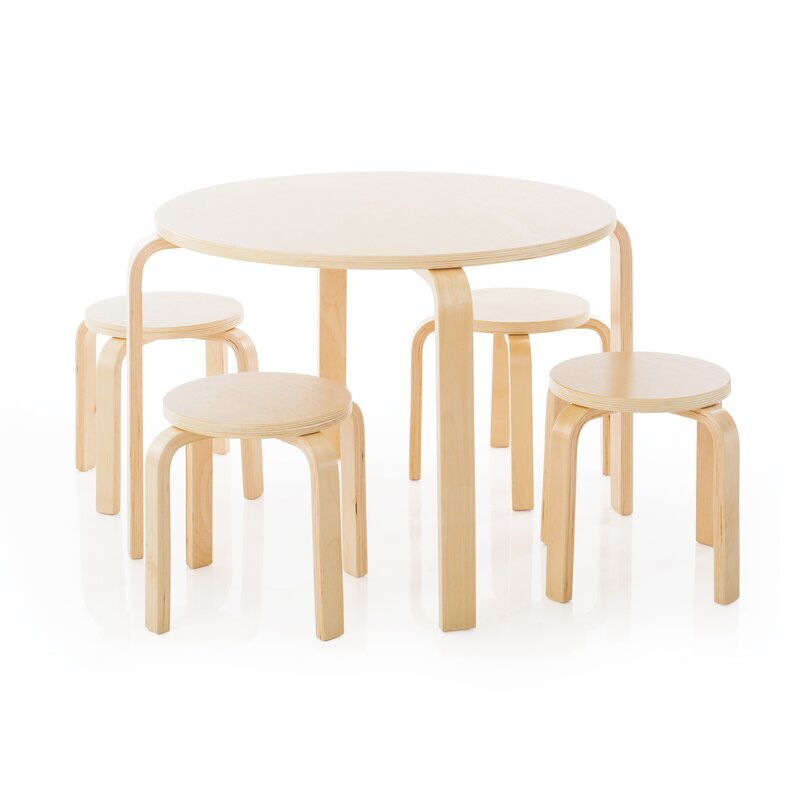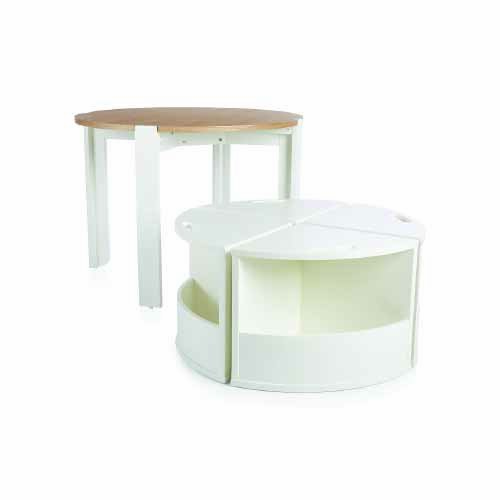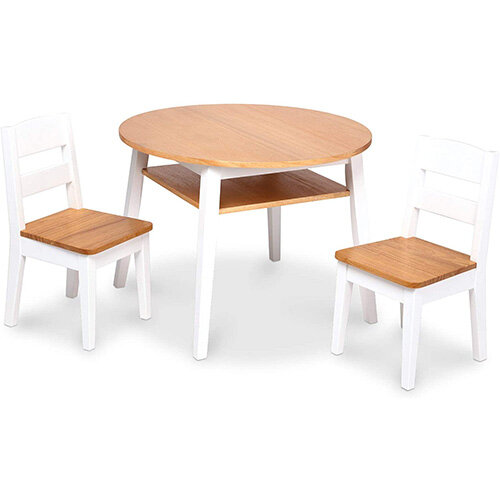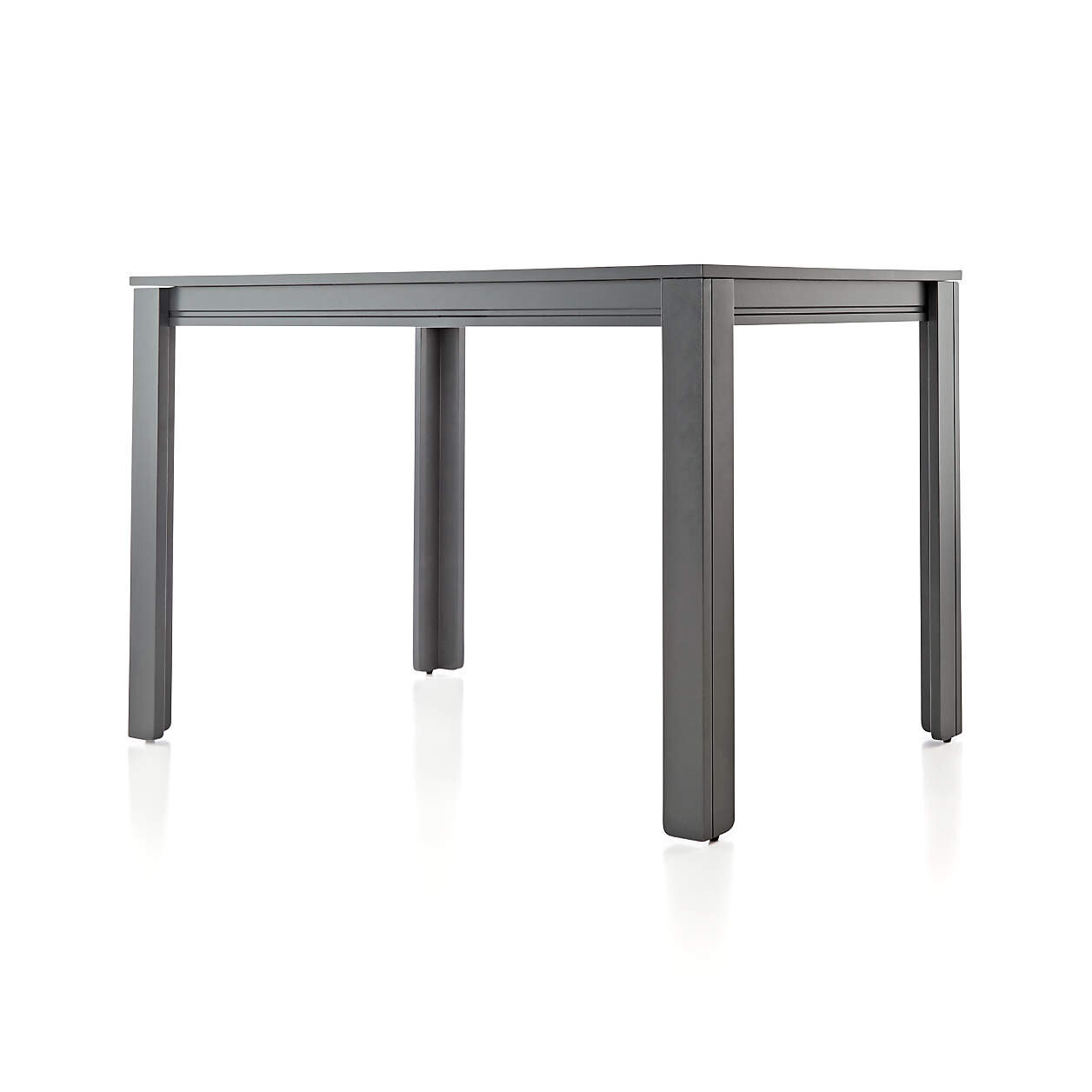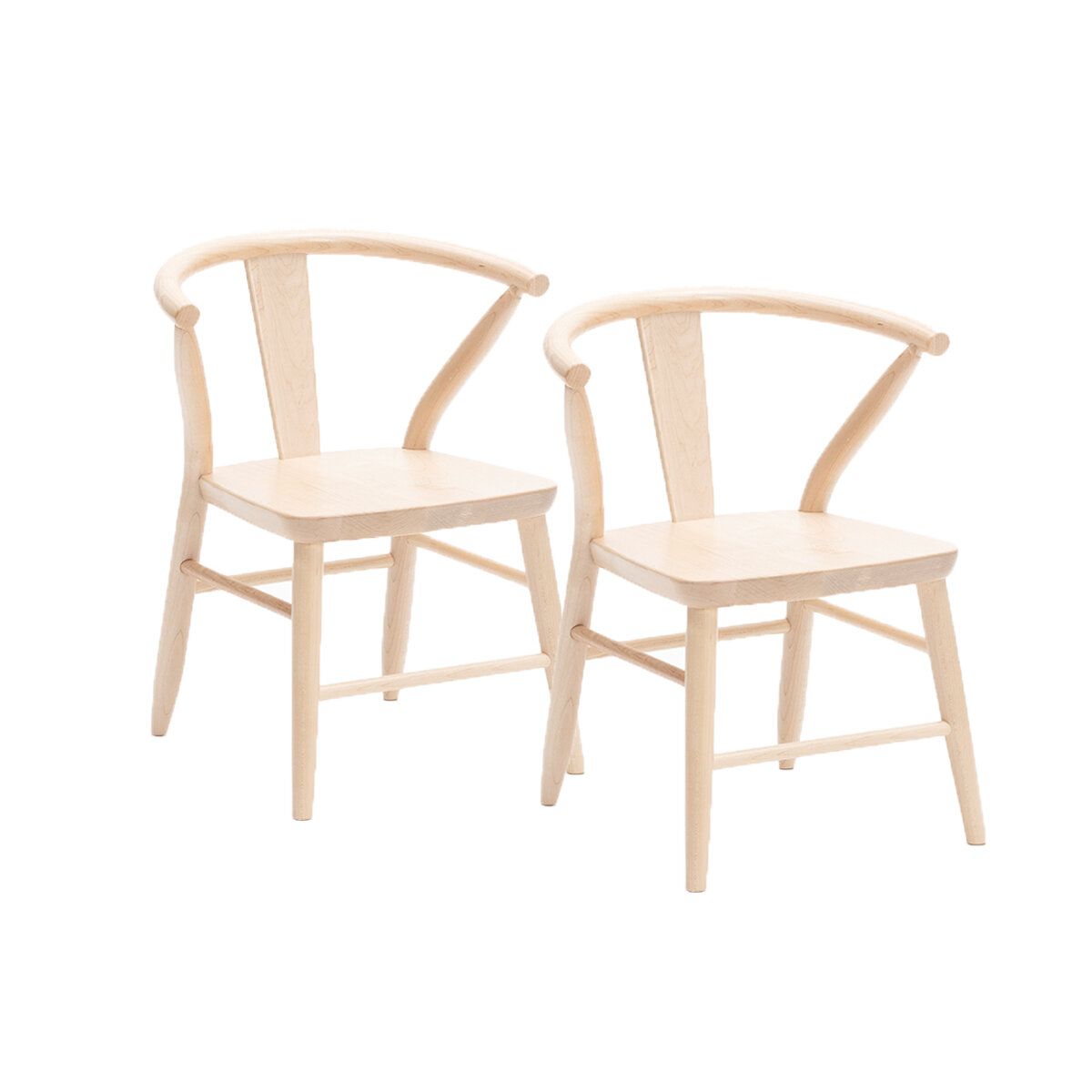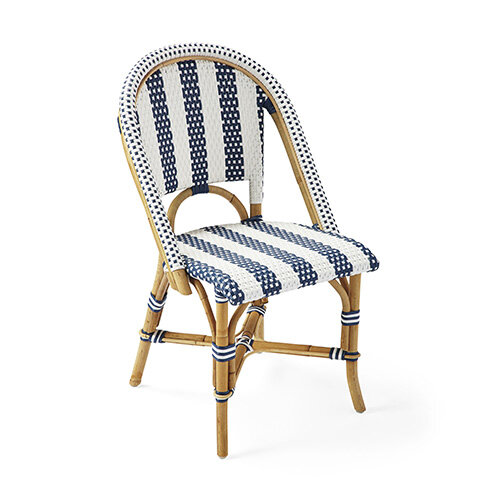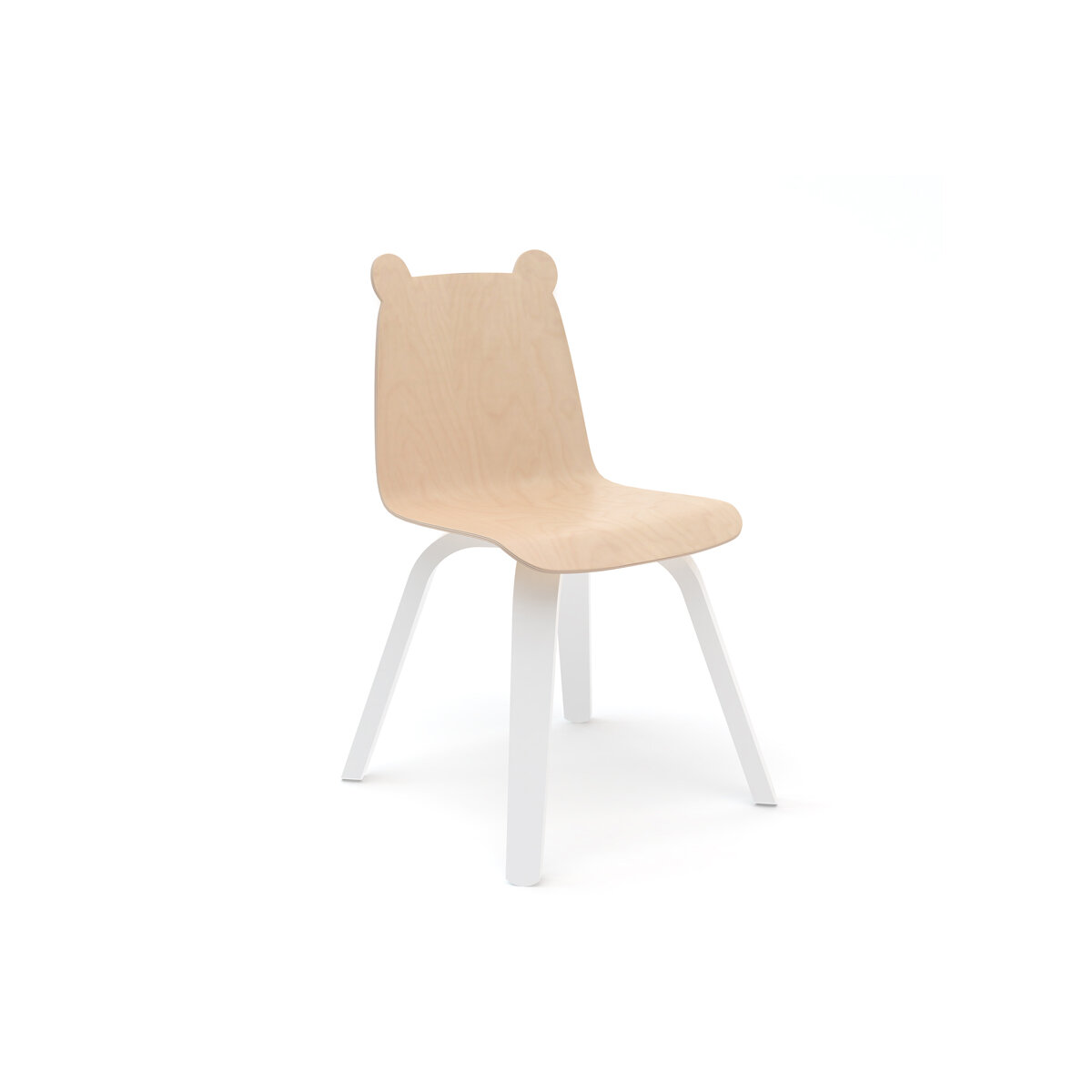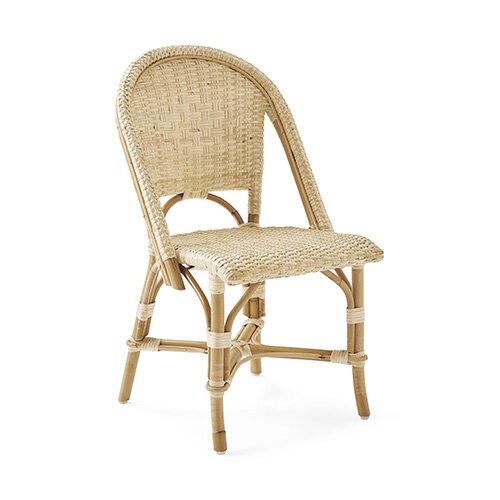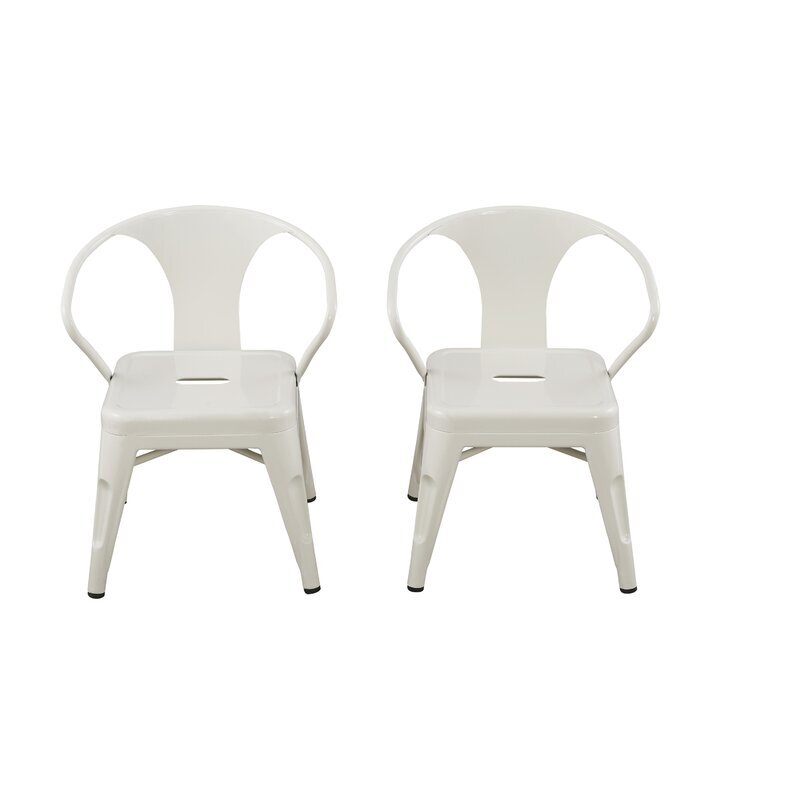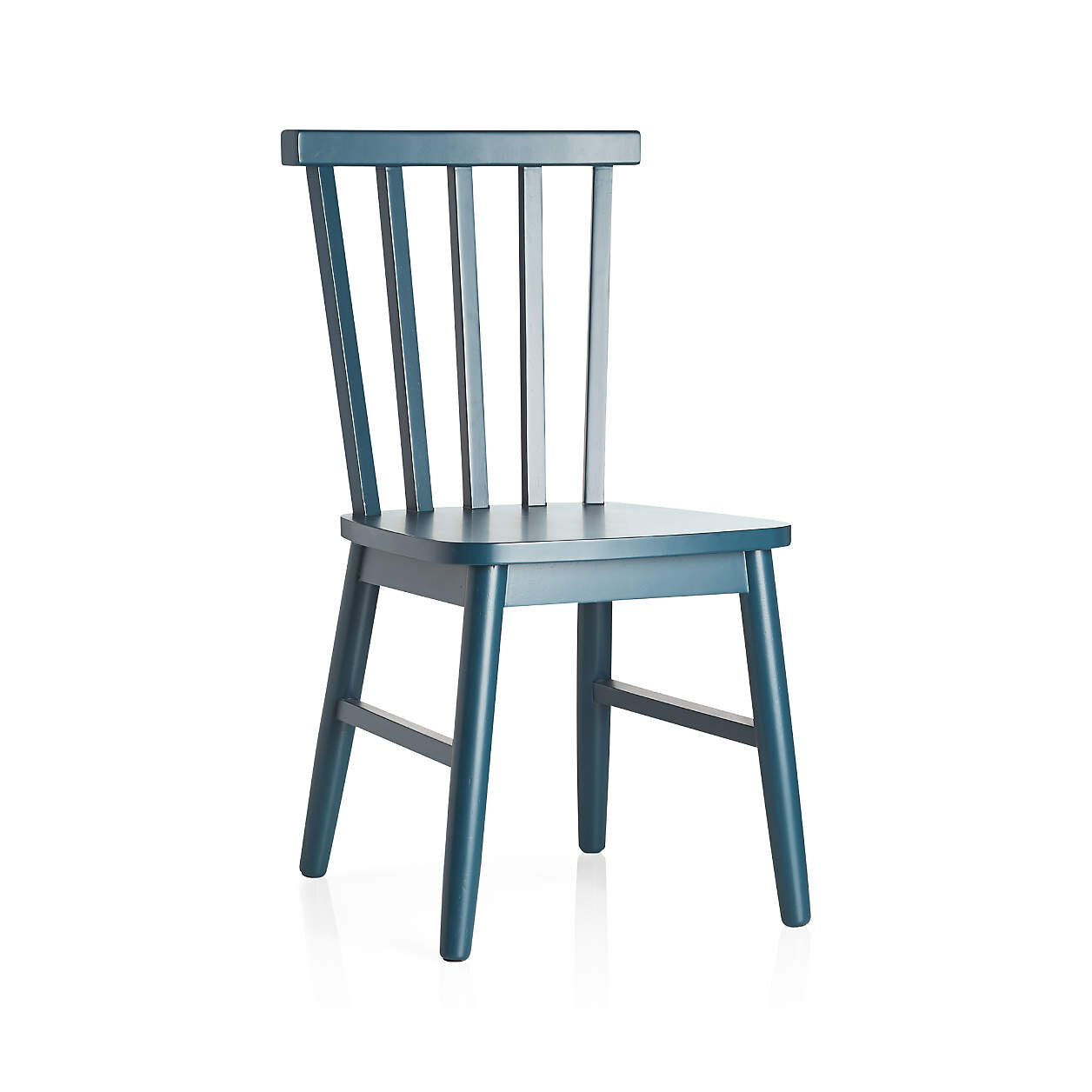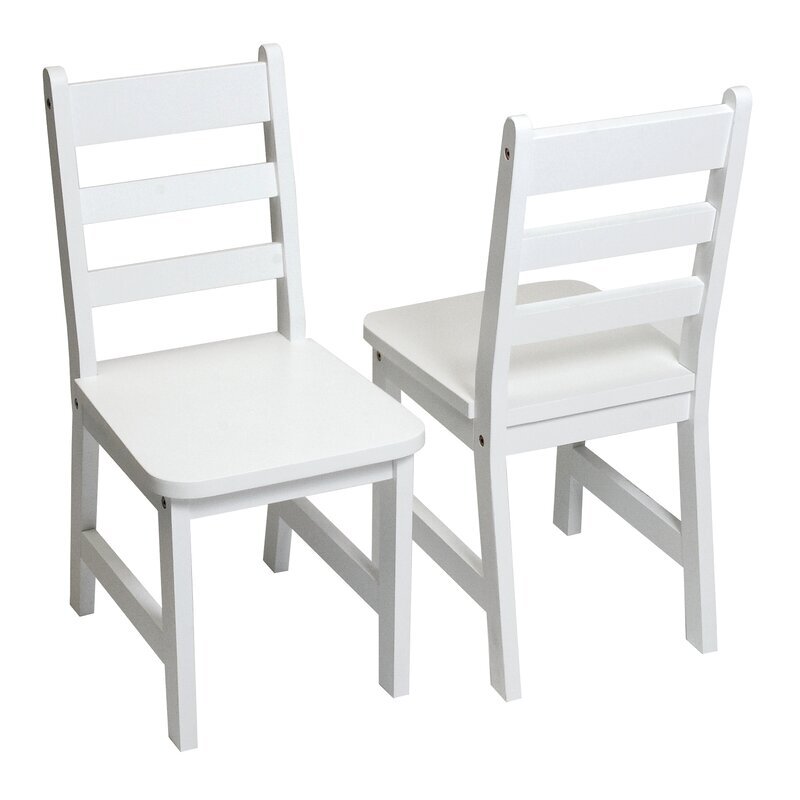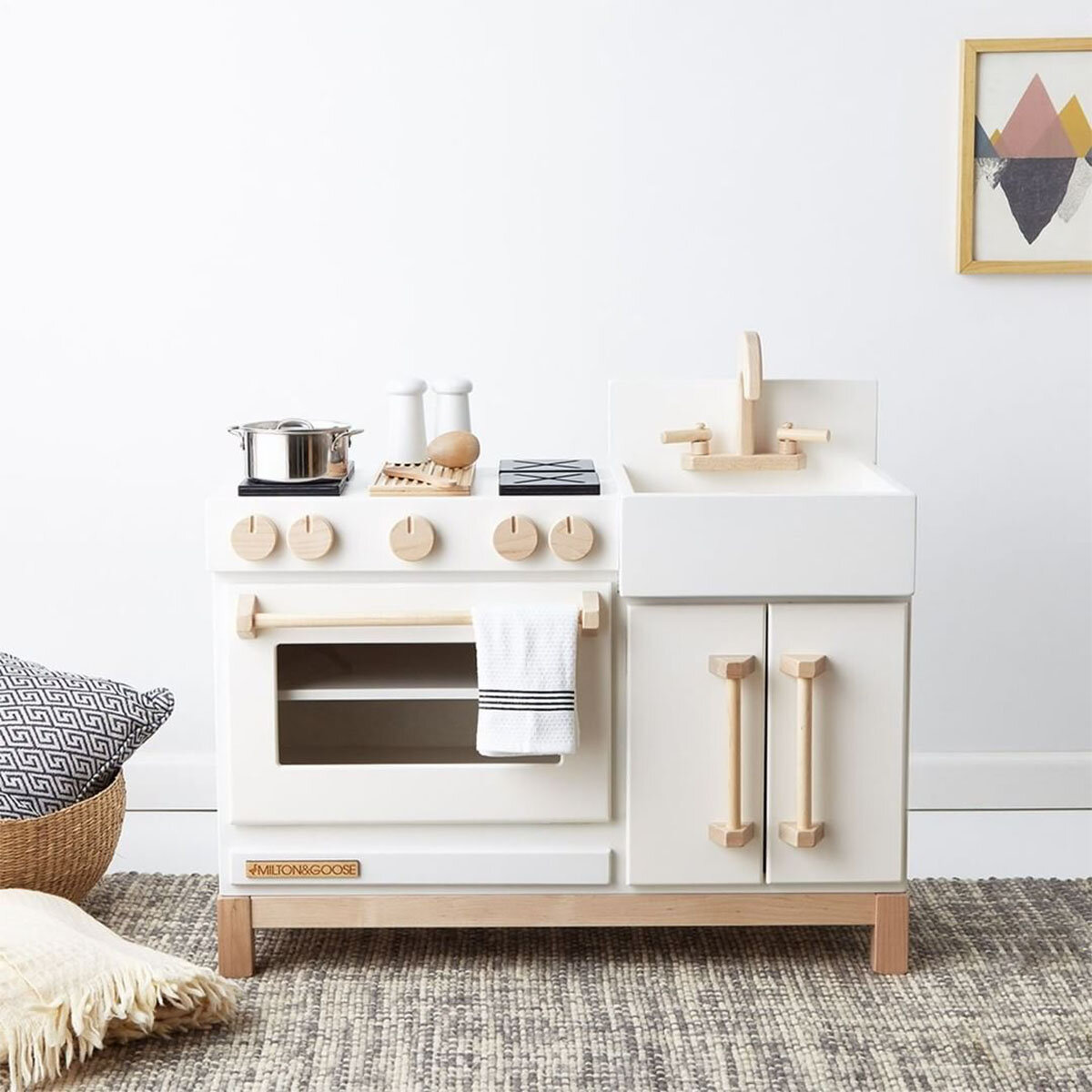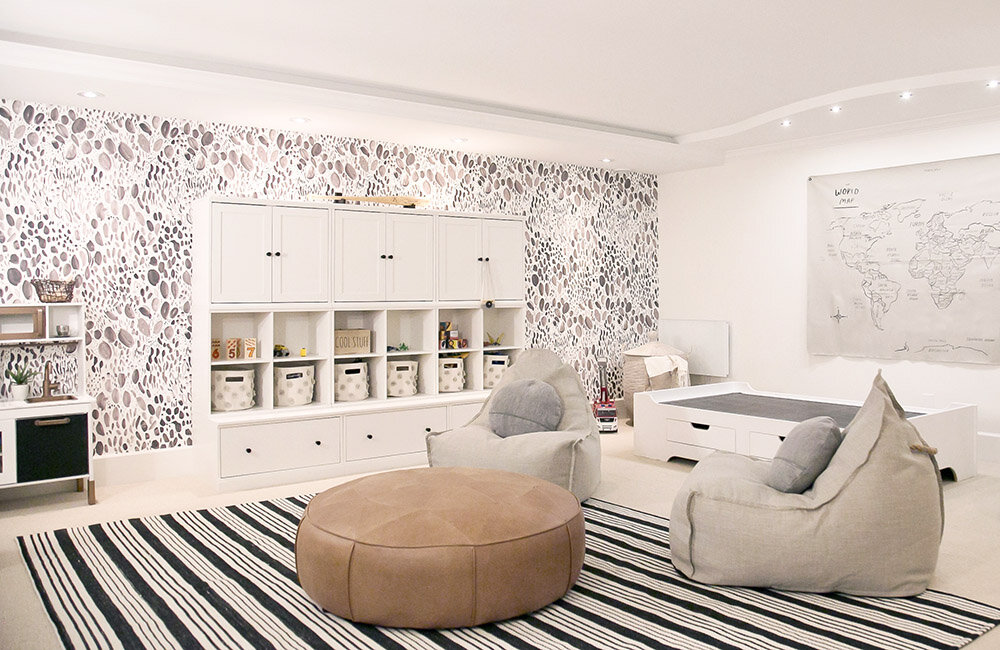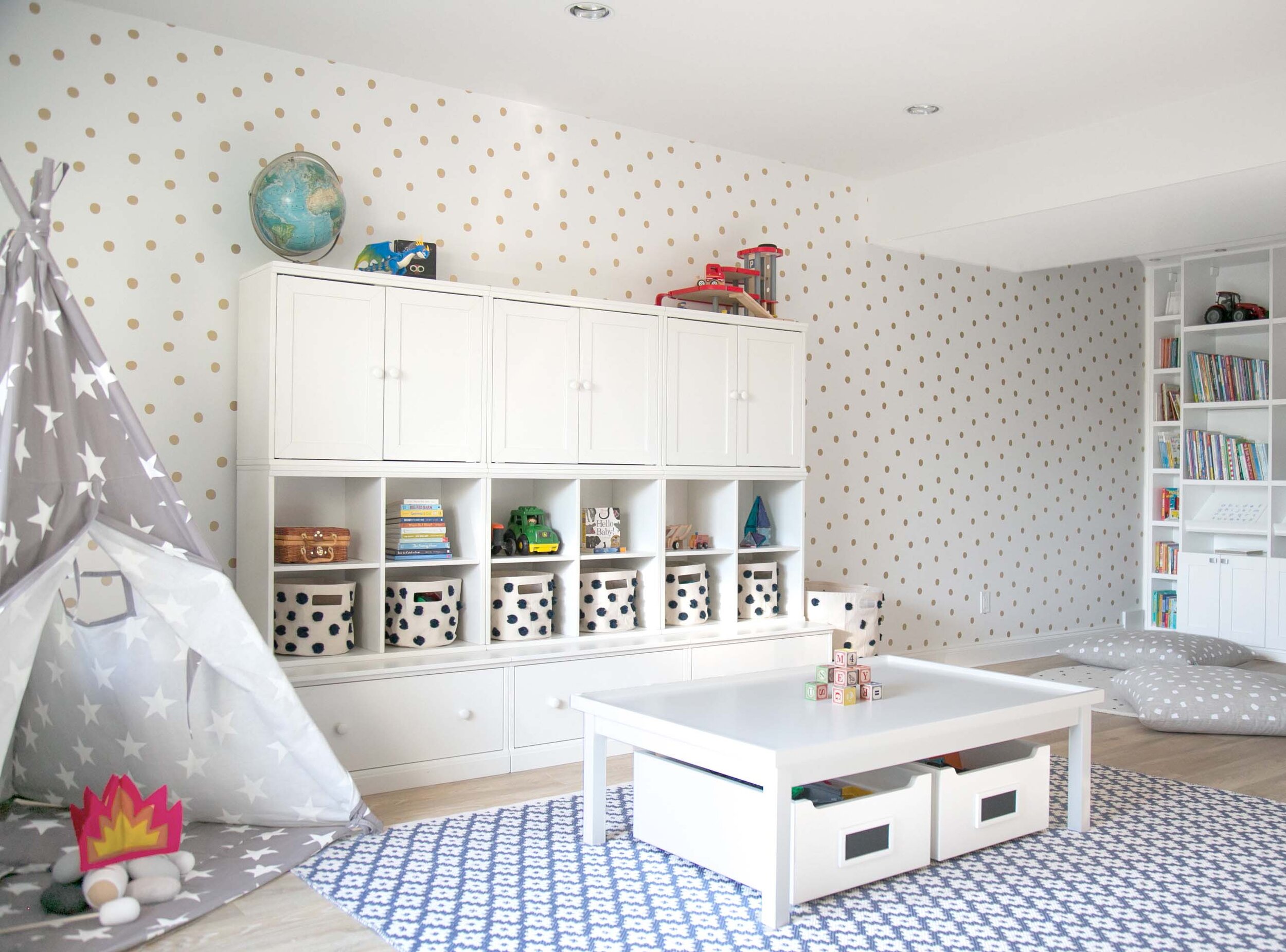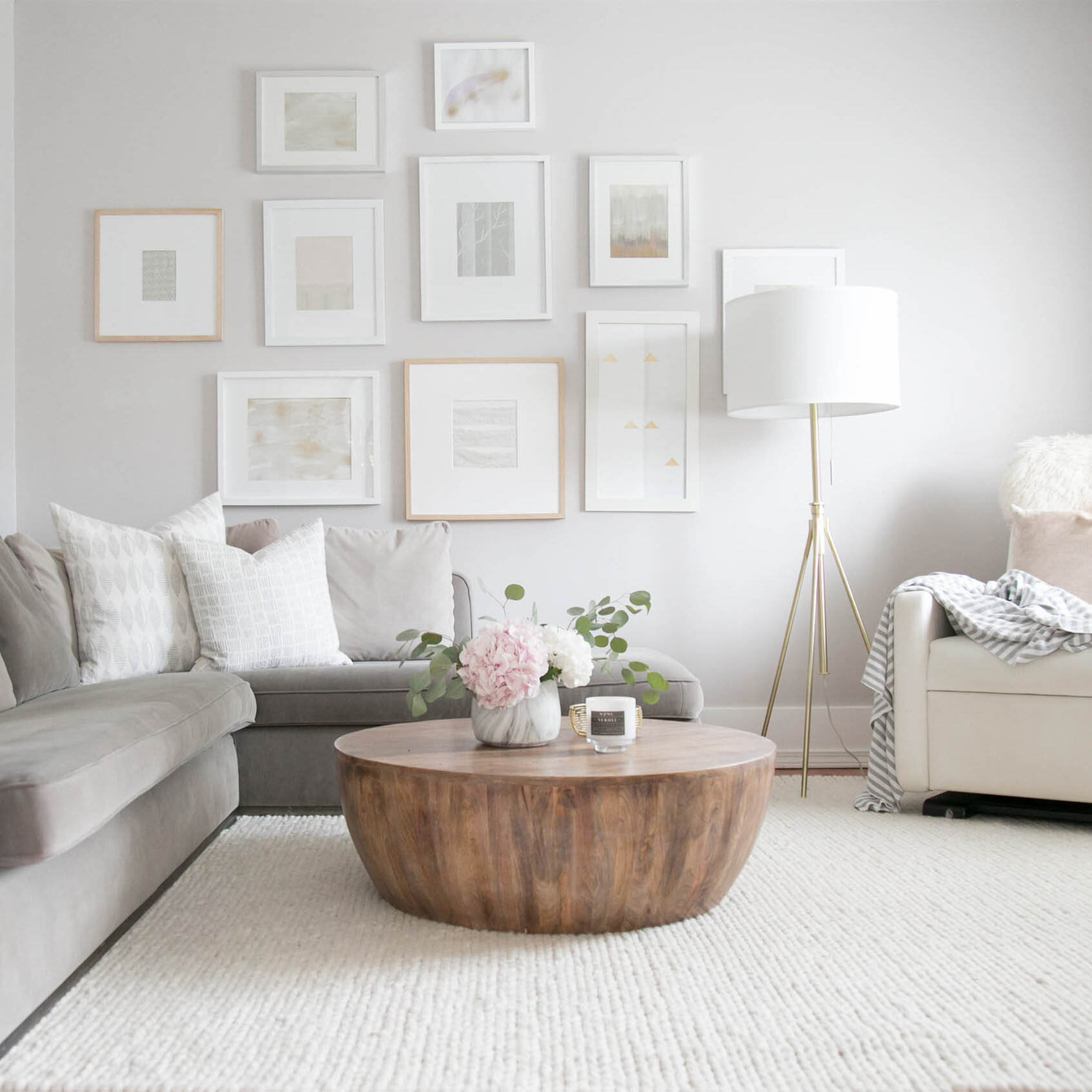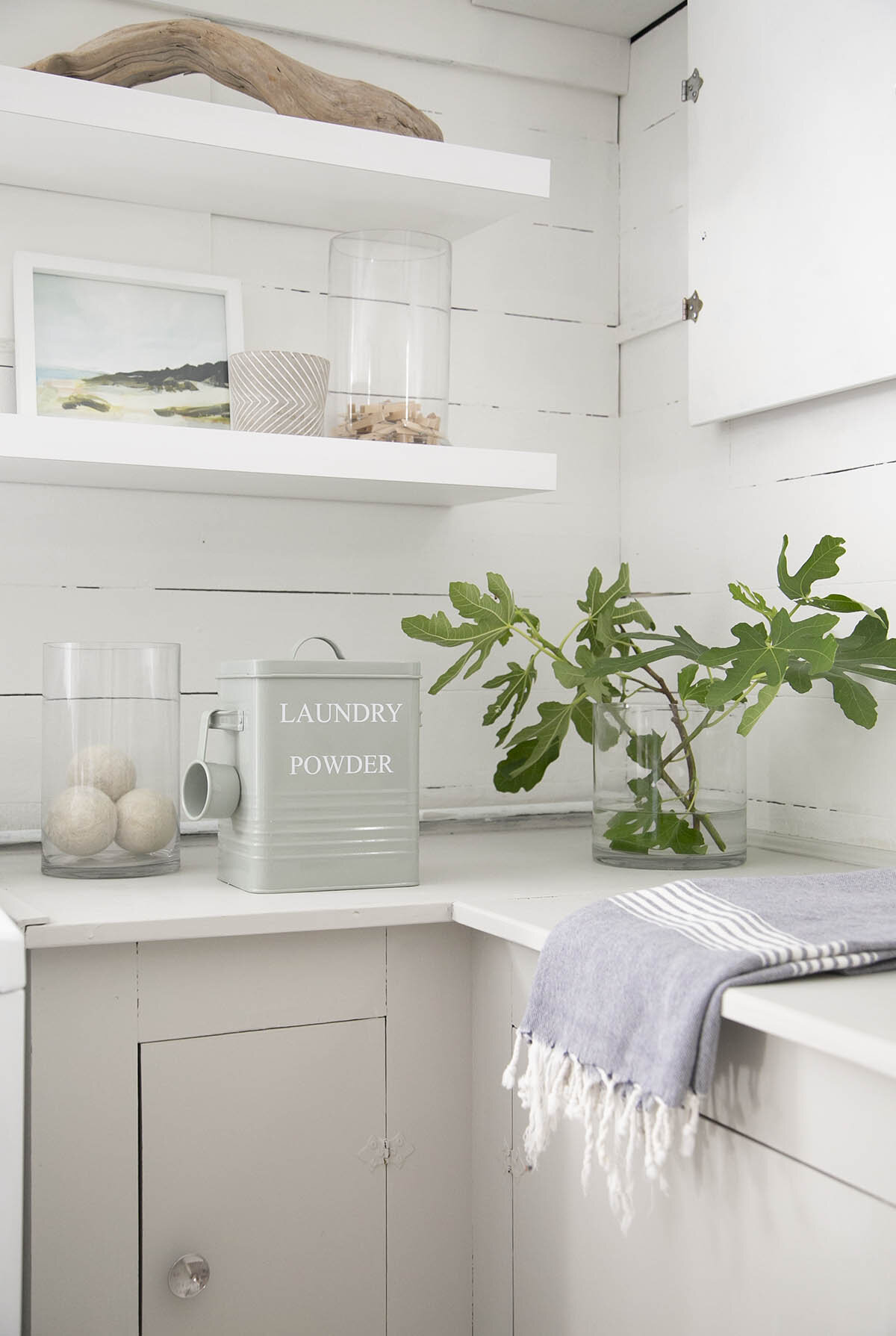What to look for when shopping for tables:
Size:
When it comes to choosing the perfect table for your little one(s), consider the height, the number of children who can be seated at the table as well as the space you have for the table to fit in. If you are working with a small corner, consider a round table for 2-4 kids. If you have a bigger space (like above), choose a table that can accommodate more. You will find the bigger size useful for little cousins or friends, playdates or making bigger projects as kids grow.
Shape:
While this really comes down to personal preference, a round table allows all children to be facing each other and is well suited to a corner situation. If given the option between a round play table or a square one (both fitting the same number of kids), I choose the round to eliminate sharp corners. A small rectangular table can be placed against a wall and a larger rectangular table can be great for two kids working at each end; especially useful to give kids their own independent space or for arguing toddlers (speaking from experience here!).
Style:
Whether modern or traditional, or a different style all together, a play table can fit with your other home decor beautifully if you choose carefully. I love a simple white table because it is easy to clean and most marks can be removed without changing the colour.
Now that you’ve considered all of the different angles of the perfect play table for you, here are our favourites!
PLAY TABLES (20” high or under):






